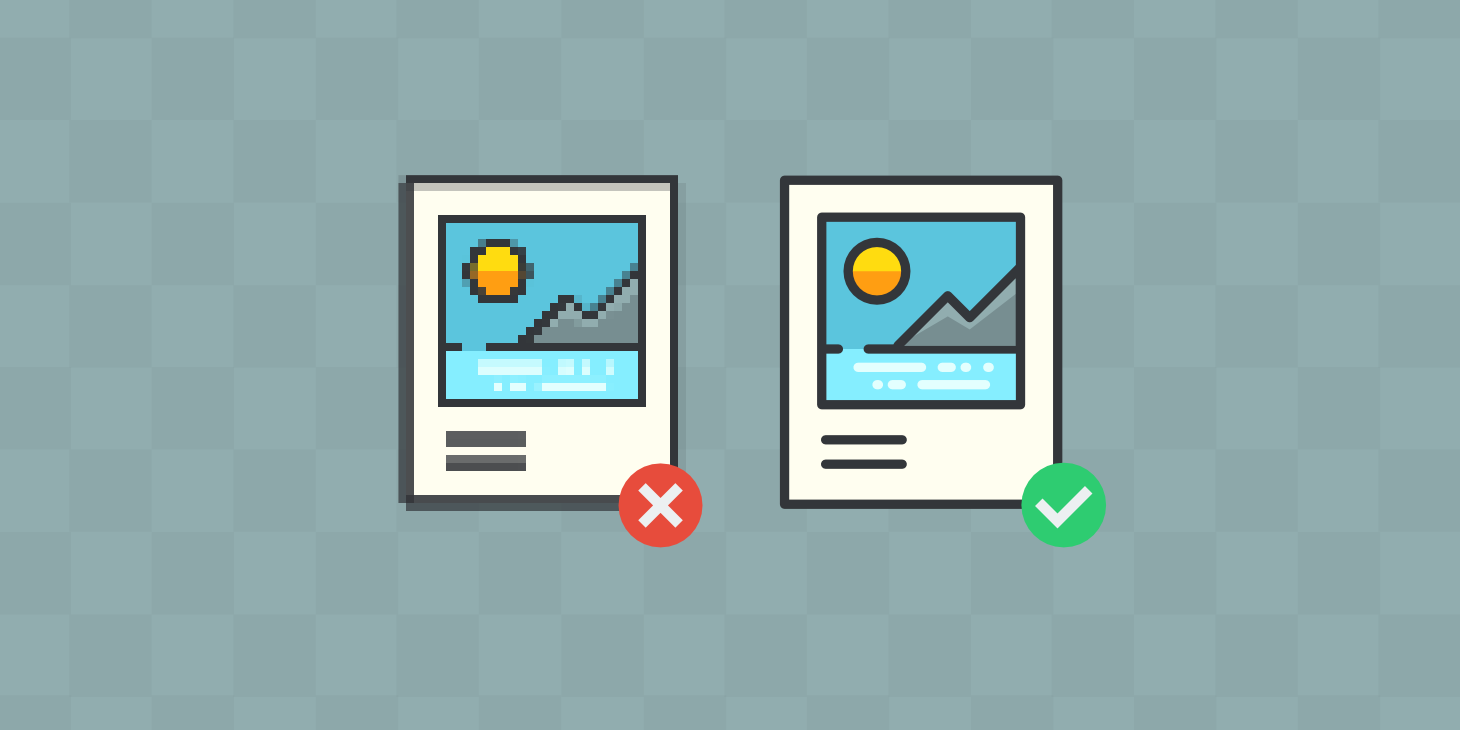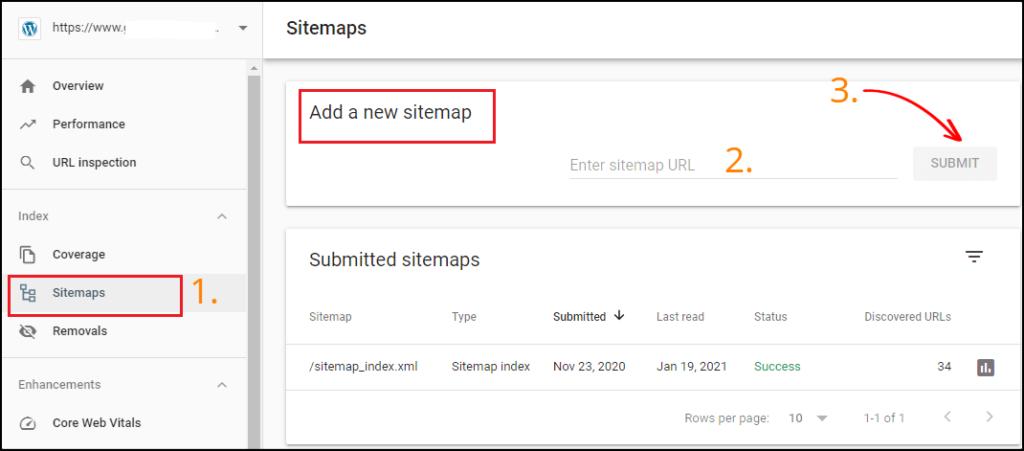If you have just launched a new website, it is going to take time for it to become established on the internet and start attracting visitors. However, there are quite a few things you can do to speed up this process, helping your site get better search engine rankings and more traffic much sooner. Here are 10 SEO tips specifically chosen with new websites in mind.
1. Target low competition keywords at the outset
When you first launch your site, it will have a very low authority on Google, and this means it will rank less well than established competitors for high competition keywords. Whilst there is nothing to stop you from targeting those keywords, the quickest way to generate new traffic to your site is to target those keywords which are less competitive.
You can check how competitive a keyword is by using Google’s Keyword Planner. This will show you whether competition for a term is high, medium or low. Finding keywords that are less competitive gives you more of a chance of ranking for them and getting the traffic that they send. If you only target highly competitive keywords, you may not rank at all and thus get no organic traffic in the early days. This method is a good technique to use whilst your site builds up authority.
2. Always put your main keyword in your page title tag

Title tags and other meta information are used by search engines to determine the subject matter of each page or post on your website. It’s absolutely crucial, therefore, that when you create your new website, that the page title tag has the most important keyword or term included. This way, when someone searches for that term, search engines will see that your page has relevant content.
There’s a definite link between keywords in the title tag and search engine rankings, so make the most of this technique. You should also make sure that you include your keyword in the page’s meta description.
3. Write titles for searchers, not searches engines
Getting ranked number one in Google does not guarantee you any traffic. You’ll only get people coming to your website if your result gets clicked on. So, when you write the title of your page or blog post, you have to write it in a way that will make the reader want to click on it. It has to grab attention and be compelling.
If you run an online store, you can maximize sales by writing titles that attract searchers who are ready to buy. To do this, simply add the word buy to your keyword, for example, ‘buy handmade chocolate. If someone includes the word ‘buy in the search term, titles like these are much more likely to get clicked on and result in a sale.
4. Make sure your title doesn’t get cut off
Space is precious in search engine results and when it comes to titles, only about the first 70 characters get shown – sometimes less for mobile devices. The length for meta descriptions is about 100 characters.
If your titles and meta descriptions are too long, they’ll get cut off midway through. This can have a negative effect on click-through rates as searchers want all the information in front of them before deciding whether to click or not.
Make sure you keep within the limits and, if possible, put your keywords near the beginning. That way, they’ll always be shown.
5. Don’t put things in the way of your content
If searchers have chosen to visit your site, they expect to find the content they have searched for as soon as they land on your page. To make sure this happens, don’t force them to scroll halfway down the page before seeing the title and don’t bombard them with adverts and pop-ups.
Google pays particular attention to what it calls ‘above the fold’ content: i.e., the content you see before scrolling. They don’t want to see browser-sized images with no text, nor do they want them full of header ads.
To rank well and to keep visitors on your site, give them what they are looking for the moment they land.
6. Optimize your images

A lot of people search for products by doing an image search. If they see something they like the look of, they’ll visit the site directly from the Google’s image results. If you sell products on your website and have lots of images, you can turn these into ranking opportunities by optimising them.
All you need to do is add a description to the alt text tag, for example, <img src=“photo-of-handmade-chocolate.png†alt=“delicious homemade chocolate†/>
As you can see from the example above, it can also help to change the actual image name from the number given by your camera DCSN-846368.png to something search engines can read, e.g., ‘photo-of-handmade-chocolate.png
7. Use accelerated mobile pages (AMP)

You can improve your search engine rankings by improving the speed at which your website loads. One of the best ways to do this for mobile devices is by using accelerated mobile pages. These are lightweight versions of web pages designed to load very quickly on phones.
AMP pages already rank highly in mobile searches, so don’t miss-out. 66% of our surfing is now done on mobile devices.
Another key to faster loading times is to make sure that your web host runs your website on a high-performance, fast-loading server.
8. Keep your website fresh
Search engines like to promote websites that are regularly updated with new or refreshed content. If you’ve got a new website, you won’t have anything that needs updating straight away, but it can be a big help, SEO-wise, to add new content to it regularly.
One of the best ways to do this is by adding a weekly or bi-weekly blog post. The sooner you begin to develop a blog, the better it can be for your ranking. And remember, your blog post can be used to send people to your products.
9. Add internal links

Theres a well-known phrase in SEO called a link juice and this refers to the fact that when you link from one page to another, some of the ranking power of the linking page is passed to the linked-to page.
So, if you have a page that gets lots of traffic and want other pages to rank higher, add an internal link from the high-ranking page to the pages whose ranking you want to see increased. Don’t overdo it, though: too many links will dilute the link juice.
10. Submit a sitemap to Google Search Console

Google Search Console, formerly Google Webmaster Tools, is one of the most important sets of tools you can use to help your sites SEO. One of the things it enables you to do is upload a sitemap of your website.
When you upload a sitemap, Google will then crawl your site and index all the pages, posts, images and other content it can find. Only once these things are indexed can they be found on Google or turn up in search results. If you resubmit your sitemap every time you update your website, Google will always have up-to-date knowledge of your content.
You can open a Google Search Console account for free.
Conclusion
If you have just set up a new website, hopefully the ten tips given in this post will have shown you some of the ways to help your site start ranking in search engine results and how to get searchers to click through to your site.






